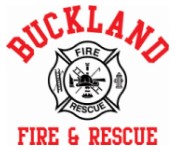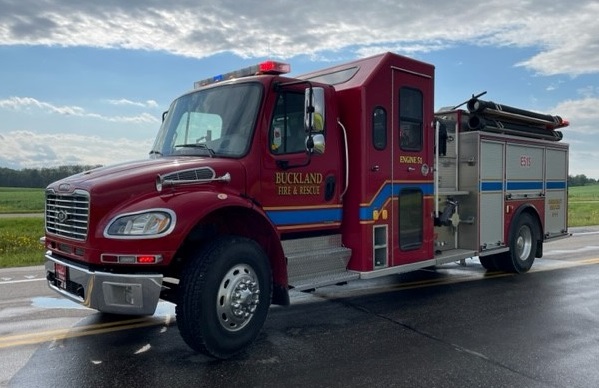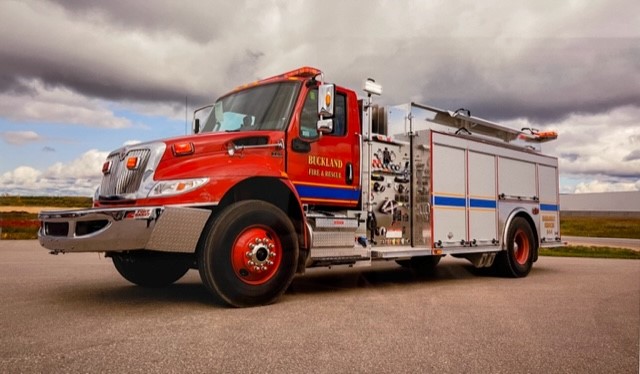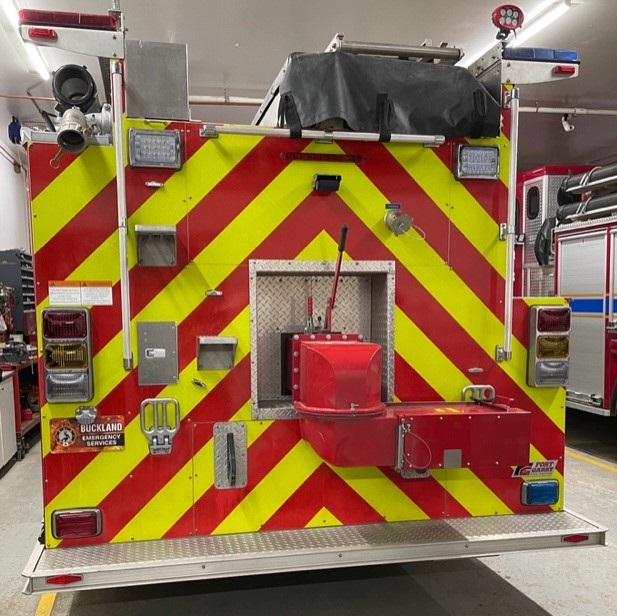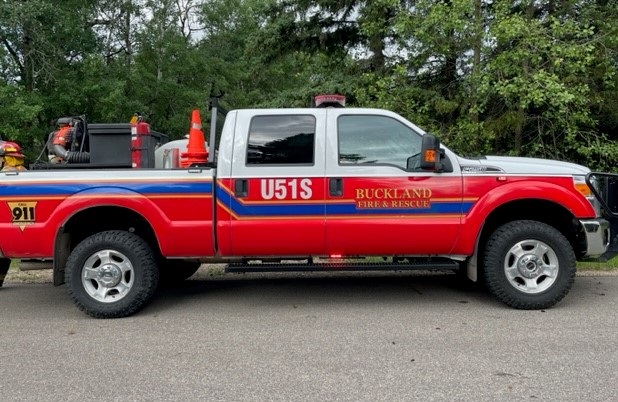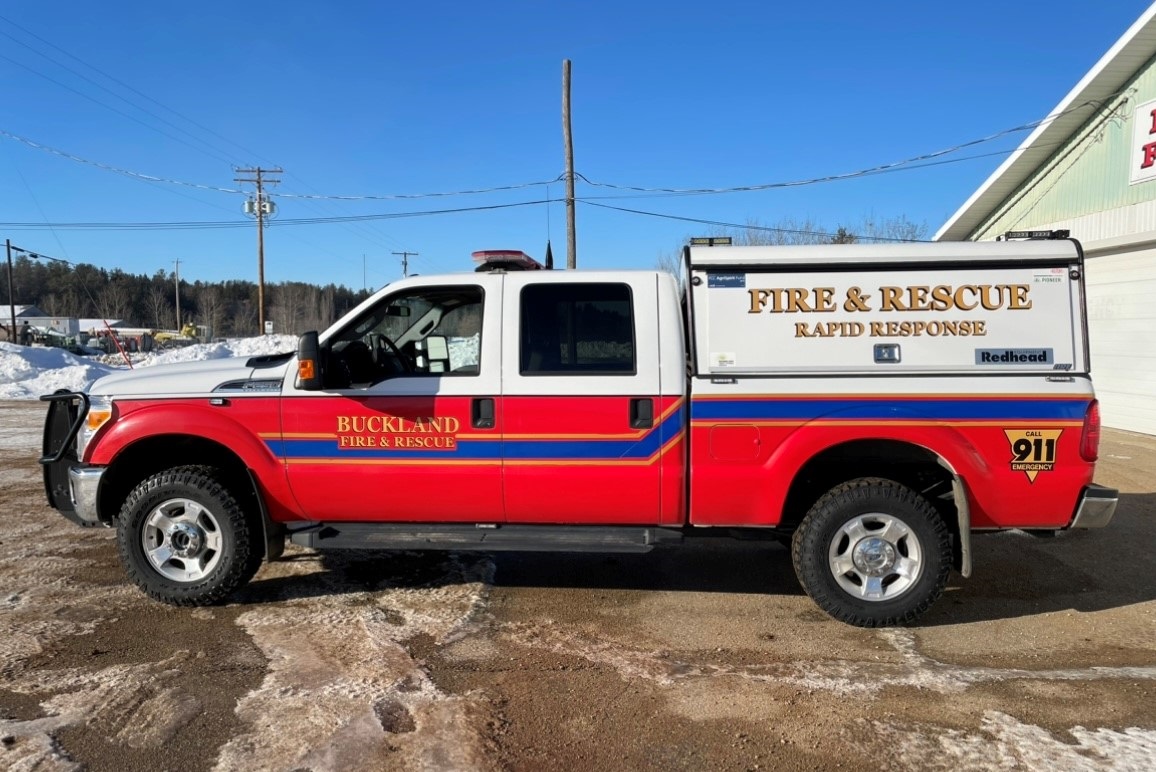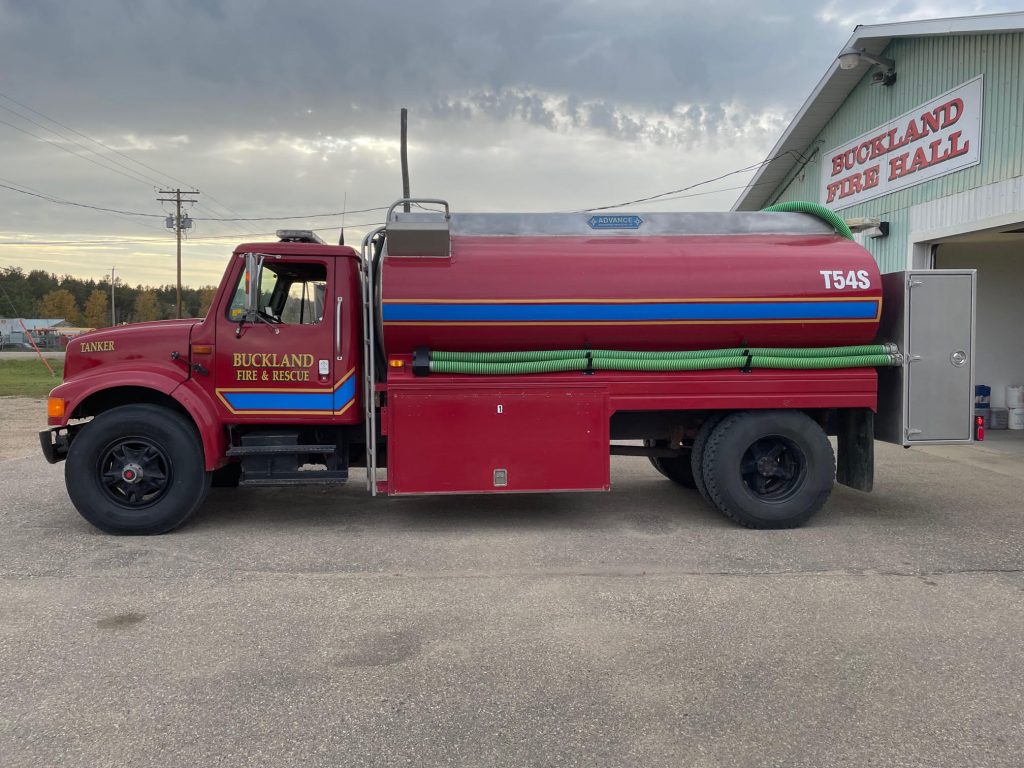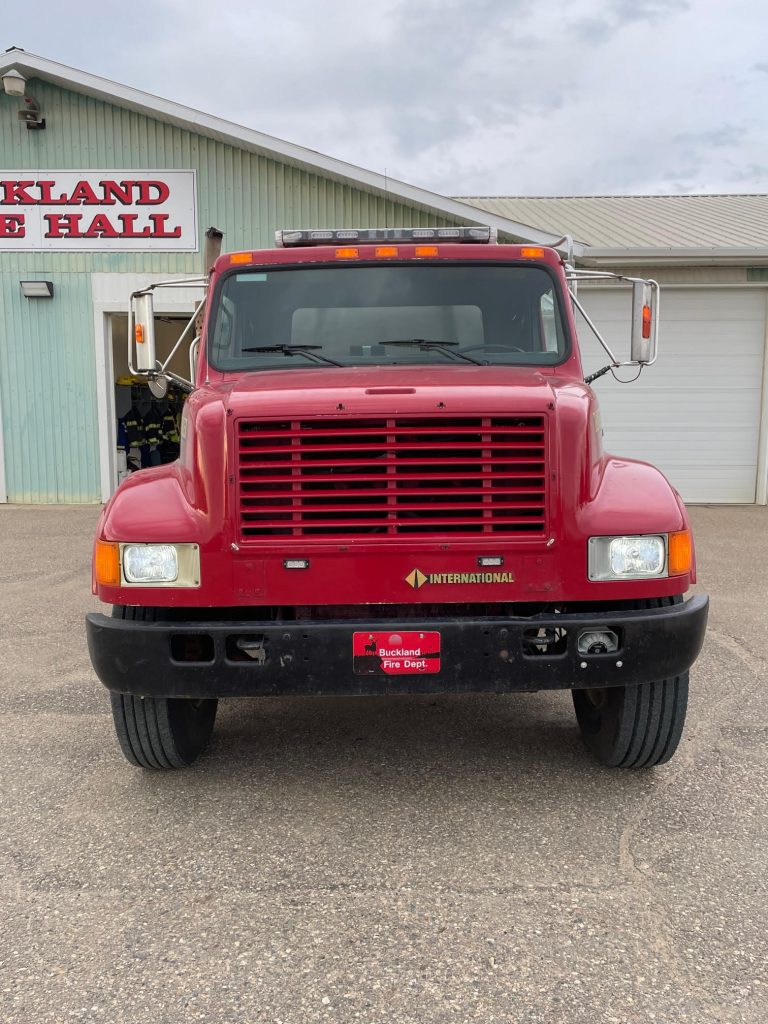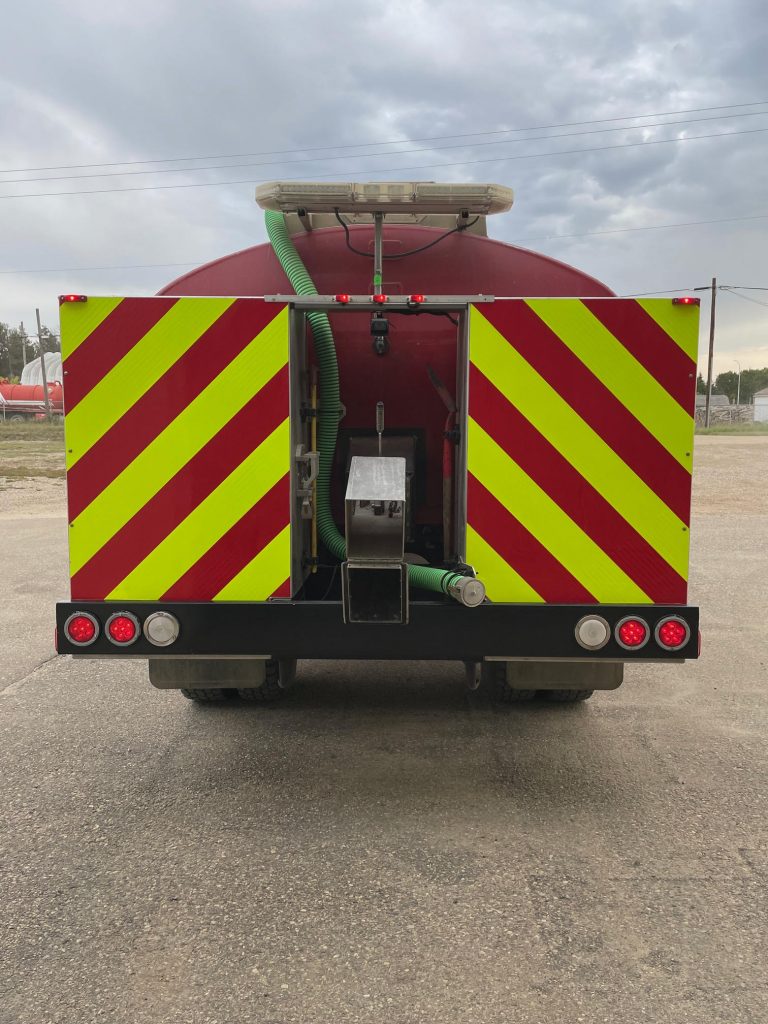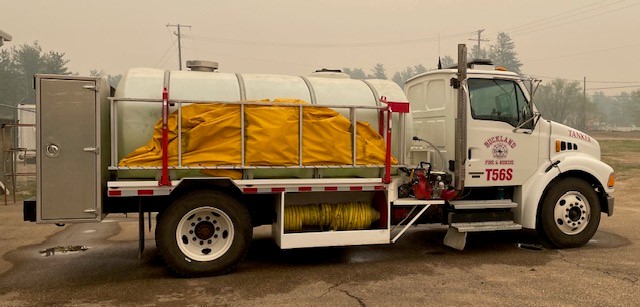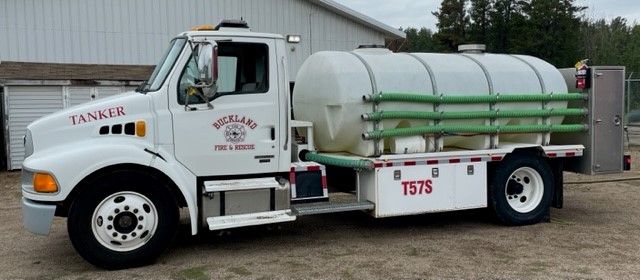Engine 51 – 2009 Freightliner/Hub Fire Engine
- First out apparatus
- 1050 GPM pump
- 1,000 gallon on board tank
- Class-A Foam System
- Used for structural fires, vehicle fires and motor vehicle collisions
Engine 52 – 2019 International/Fort Garry Pumper/Tanker
- Primary water supply tanker
- 1050 GPM pump
- 1,500 gallon on board tank
- Class-A Foam System
- Equipped with port-a-tank and 10-inch Newton dump to supply Engine 51 with water
- Used for wildfire suppression
Rescue 51 – 2009 Dodge Ram 5500 Crew Cab 4×4 Walk Around Rescue Unit
- Primary Rescue Unit containing vehicle extrication tools and rescue equipment
- Presently being constructed by Fort Garry Fire Trucks
Utility 51 – 2016 Ford F250 4×4
- Used in the summer months as our first out wildfire suppression unit and then converted in the fall to a Light Rescue Unit
Tanker 54 – 1992 International S-Series Advance
- Used to supply water for firefighting operations and as a wildfire suppression unit
- 2,000 gallon water tank with dump valve and portable pumps
Tanker 56 – 2003 Sterling Acterra Tanker
- Used to supply water for firefighting operations and as a wildfire suppression unit
- 1,500 gallon water tank with dump valve, port-a-tank and portable pumps
Tanker 57 – 2003 Sterling Acterra Tanker
- Used to supply water for firefighting operations and as a wildfire suppression unit
- 1,500 gallon water tank with dump valve, port-a-tank and portable pumps
Rural Firefighting Operations Water Supply
In the RM of Buckland, there are very few fire hydrants. All water for firefighting
incidents must be hauled in by tanker trucks. Each of our Buckland tankers are equipped
with dump valves and port-a-tanks. The port-a-tank can be quickly set up near the
engine and the tanker will dump its water supply into the port-a-tank in less than two
minutes and instantly head off to be refilled. This ensures a more constant supply of
water, as the tankers are quickly shuttling water to the scene, rather than sitting
connected to the engine and waiting to be emptied and switched out with another truck
(nursing).
